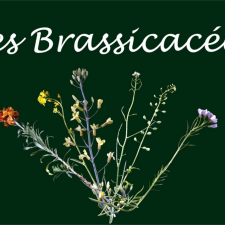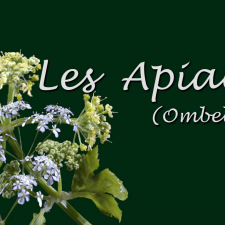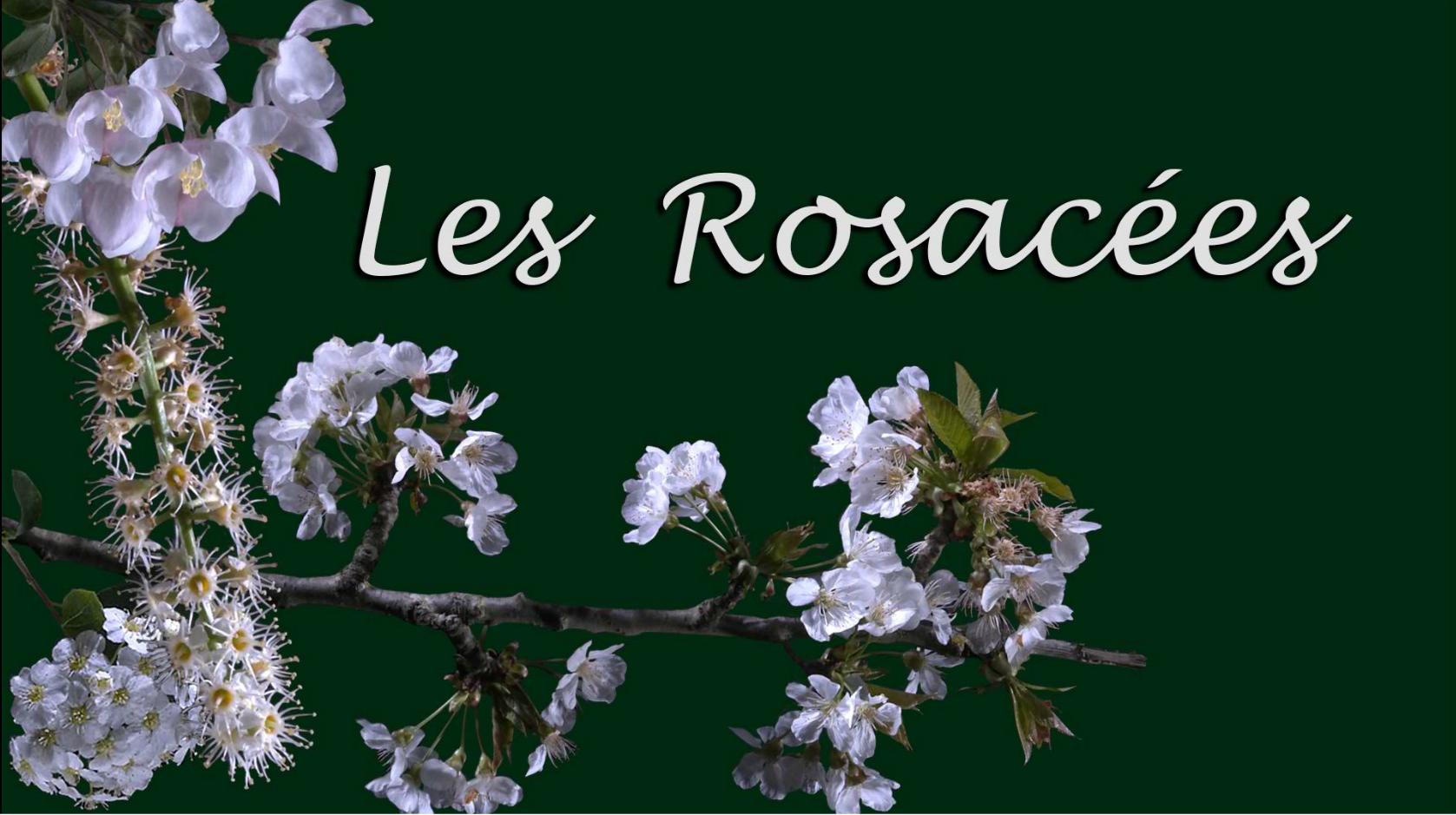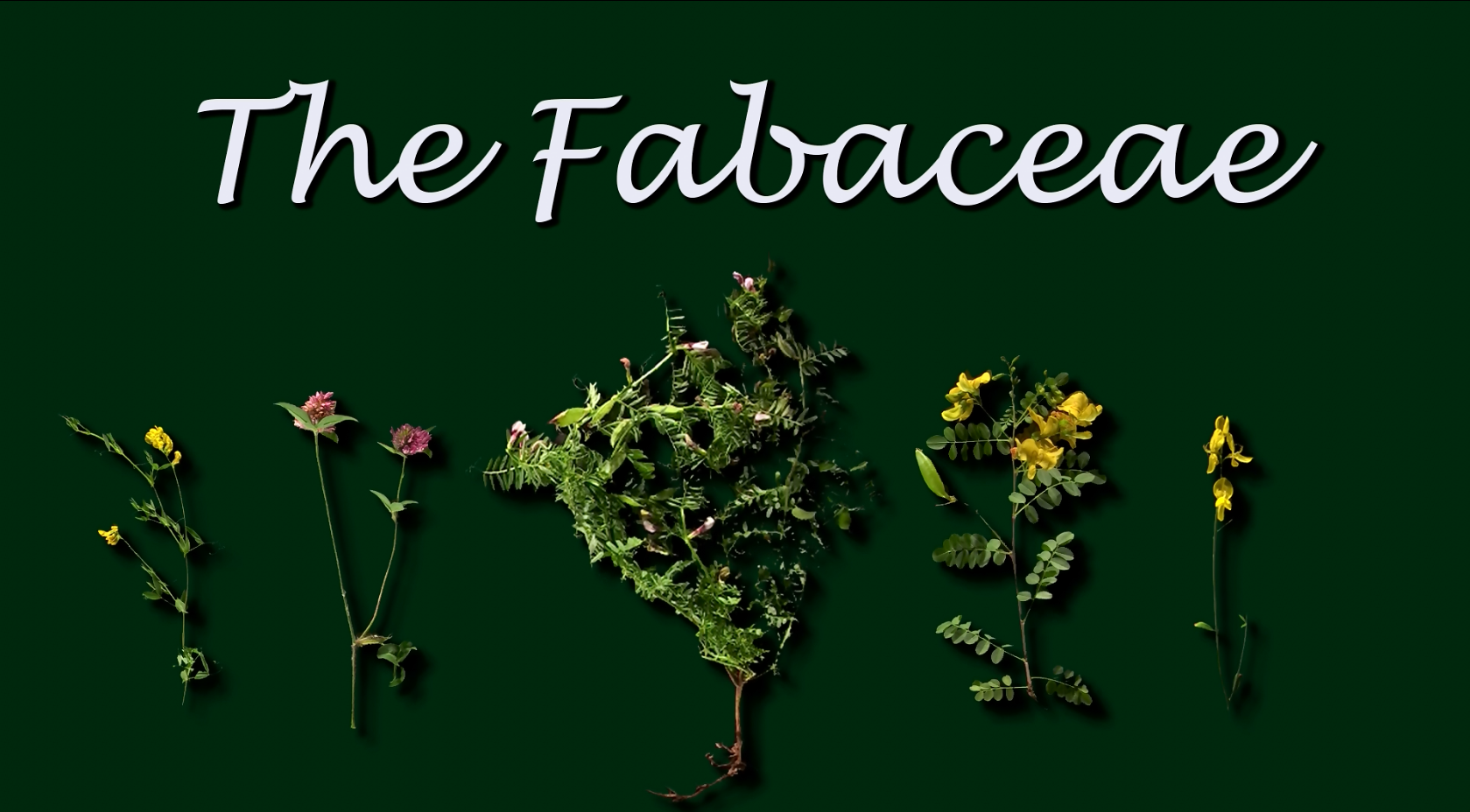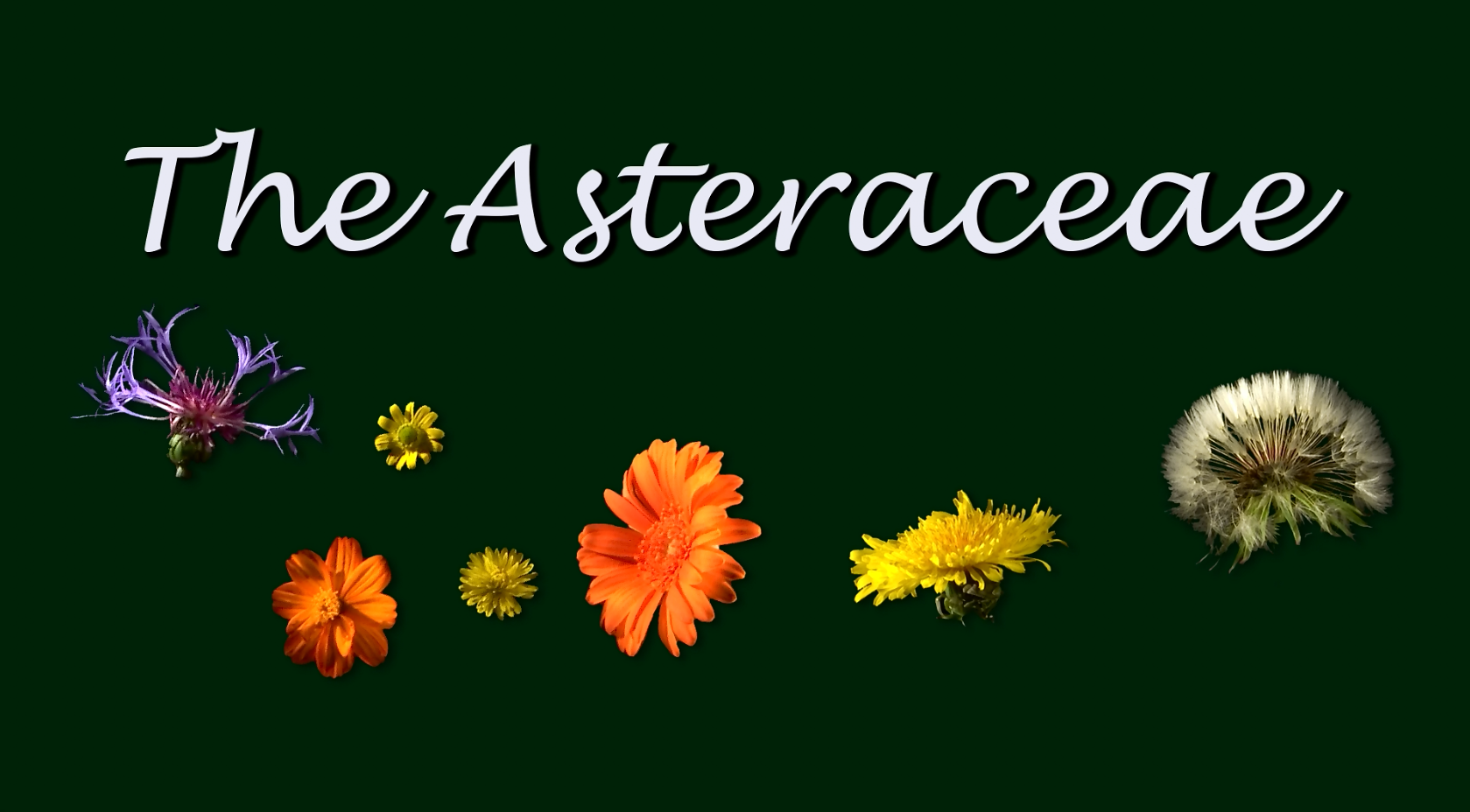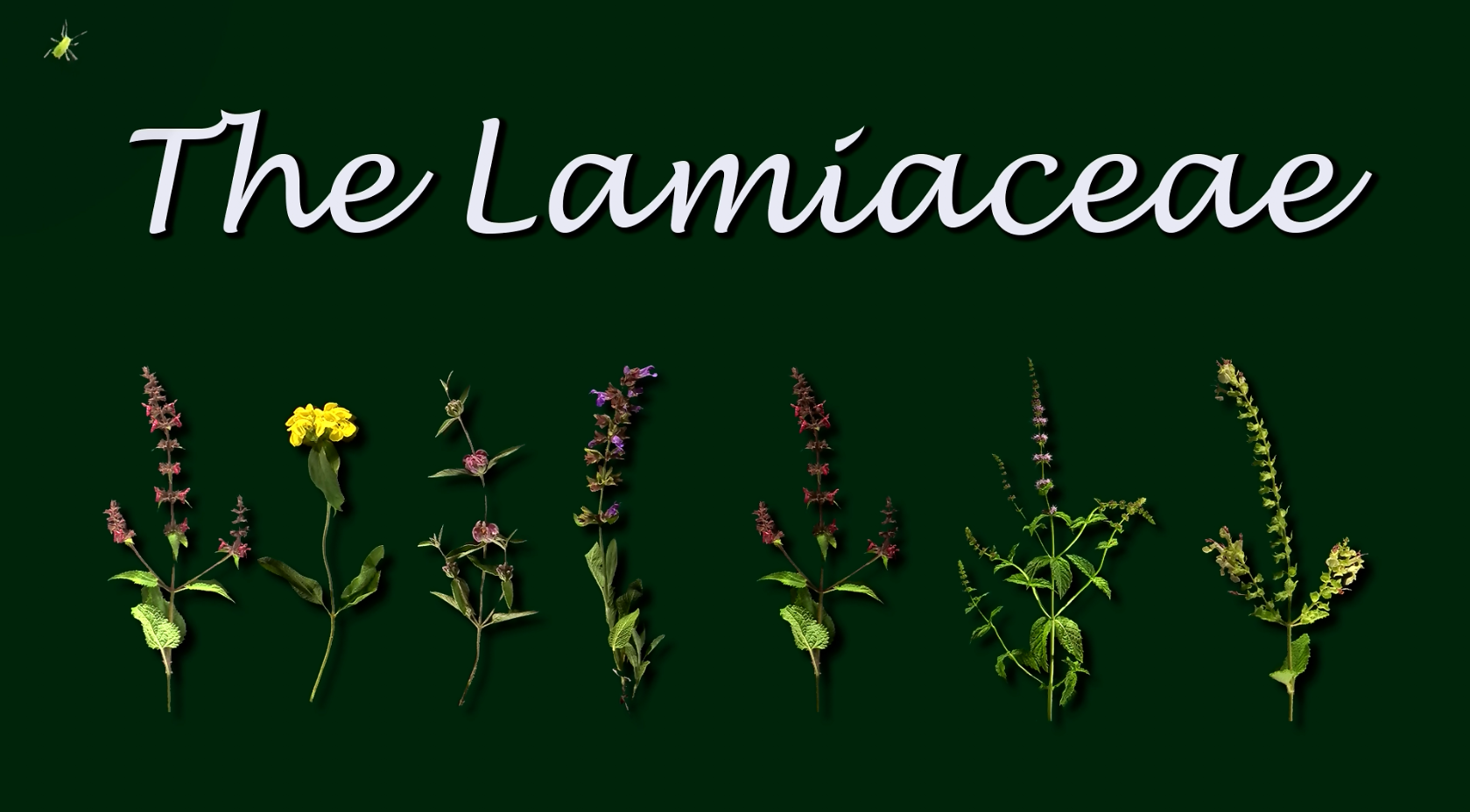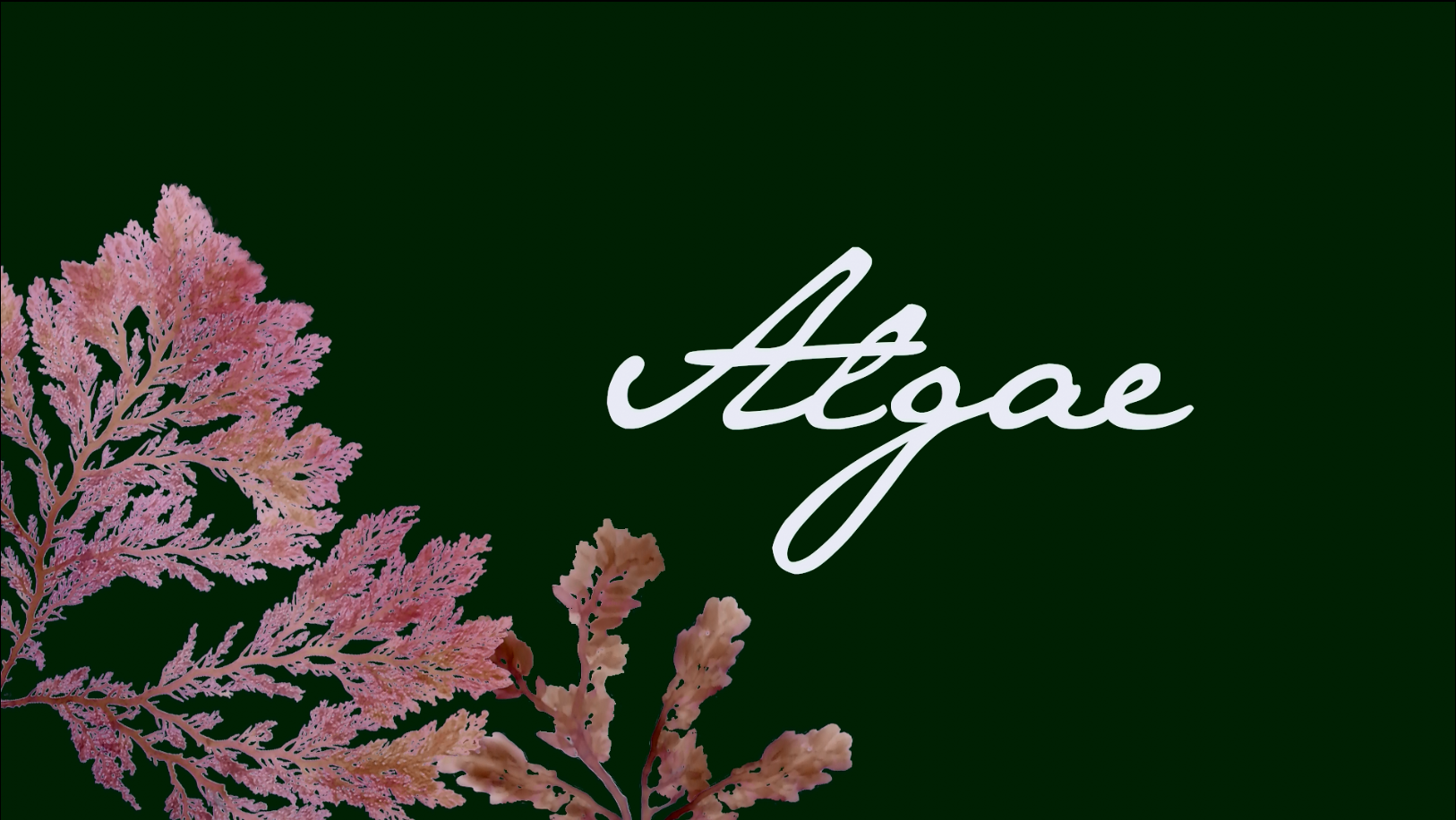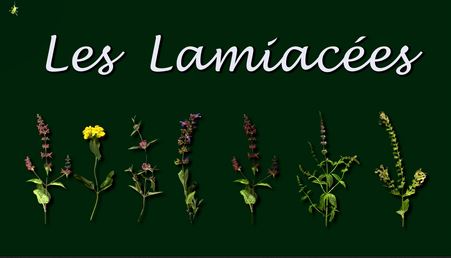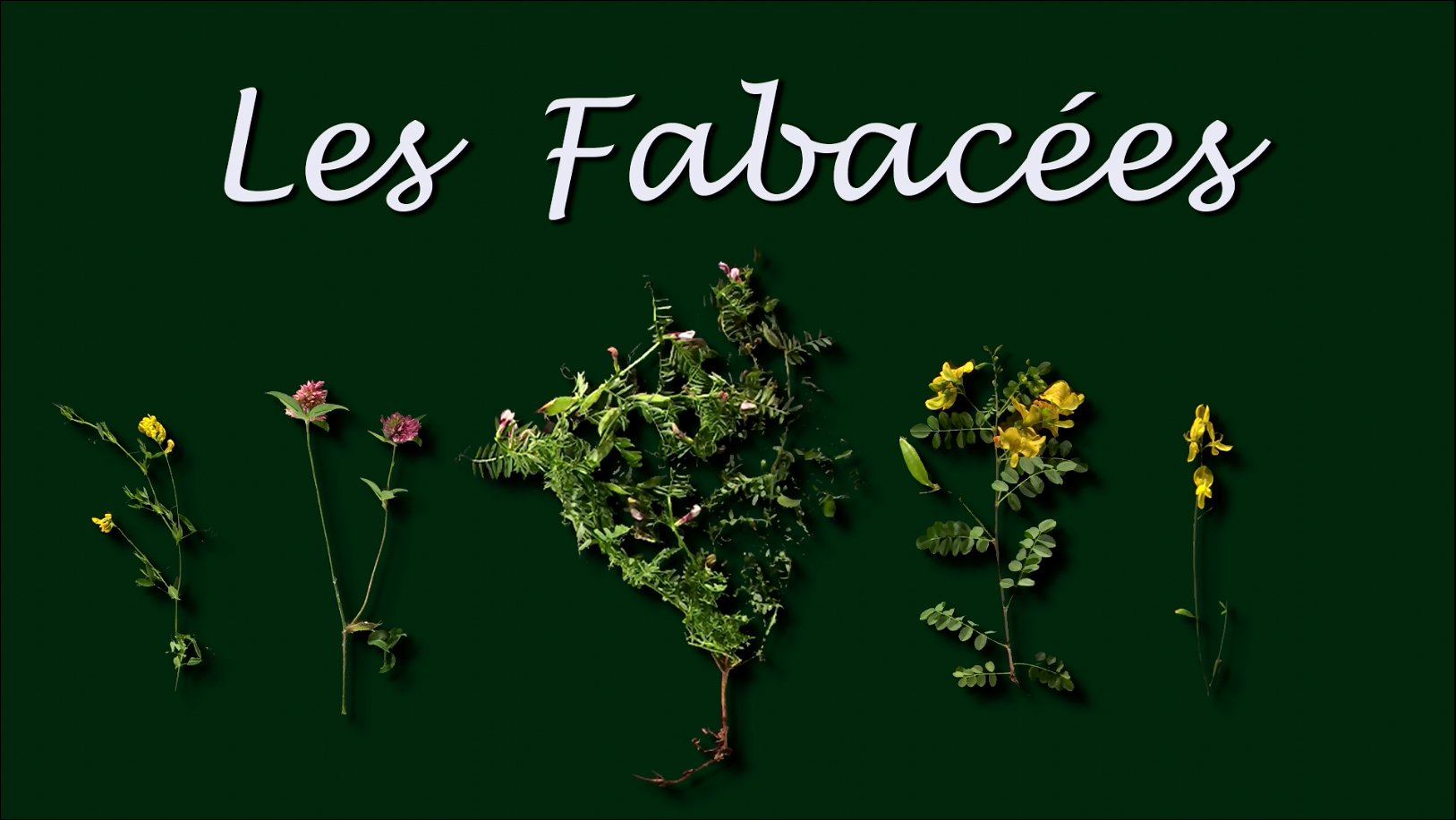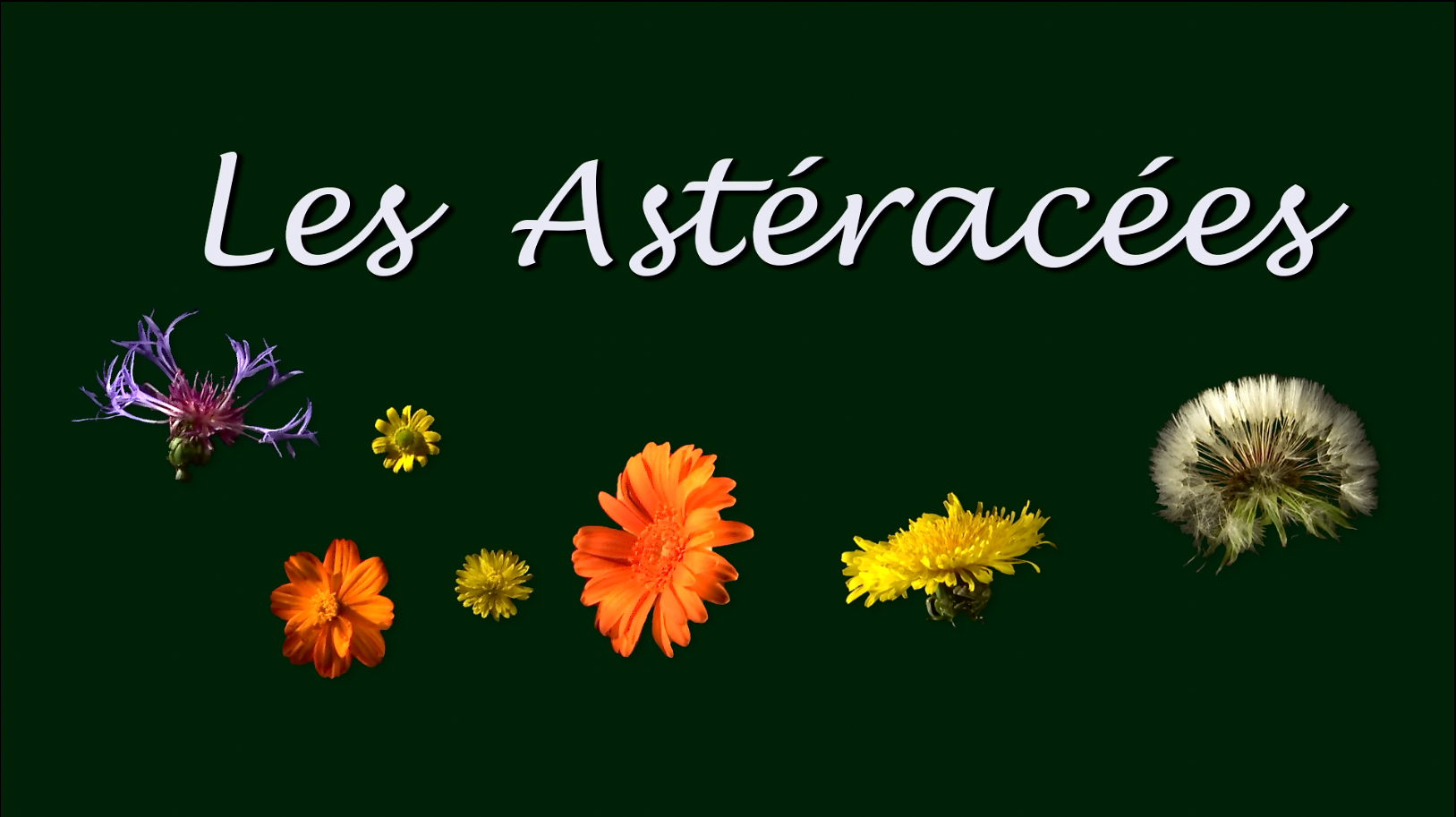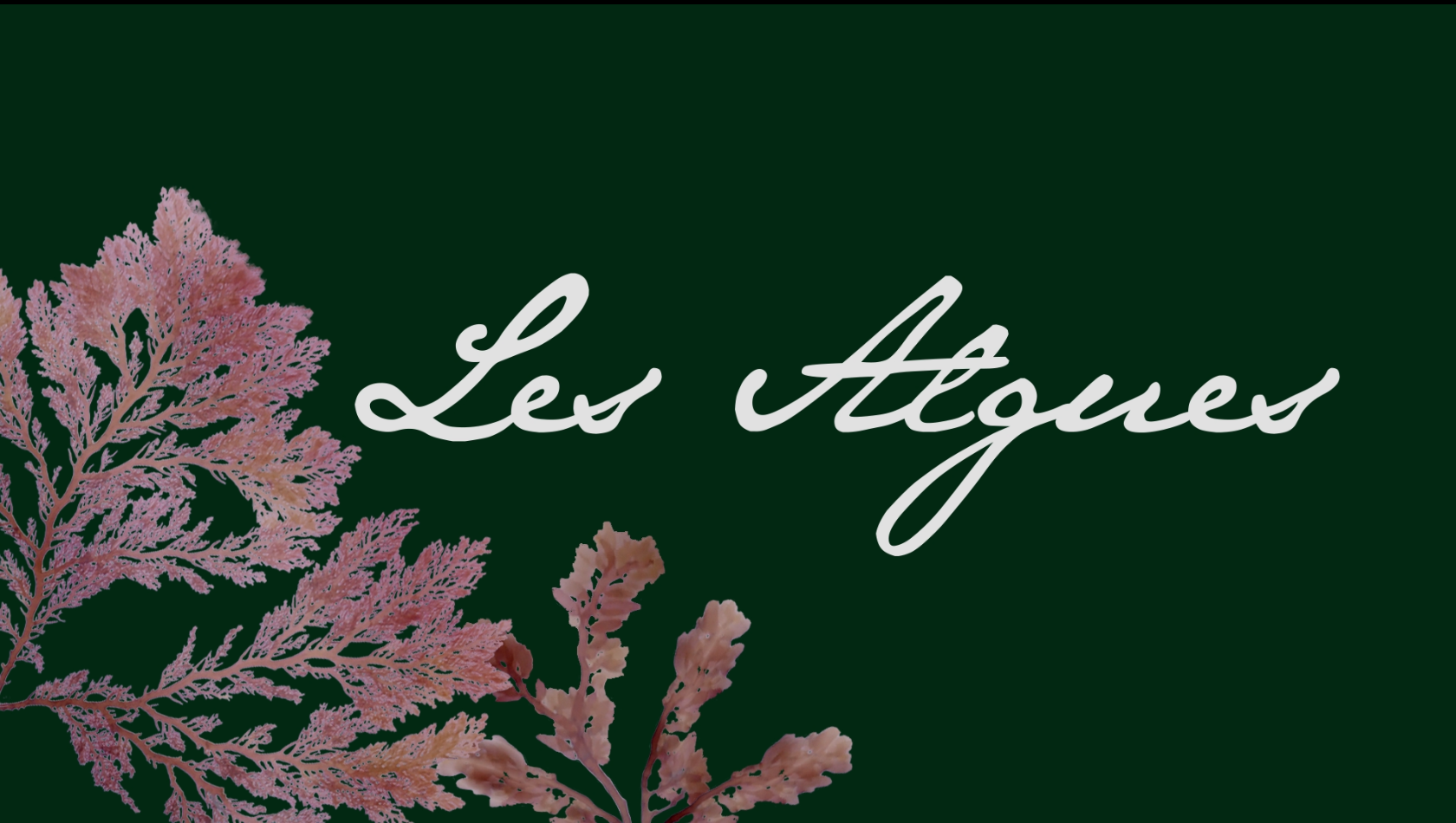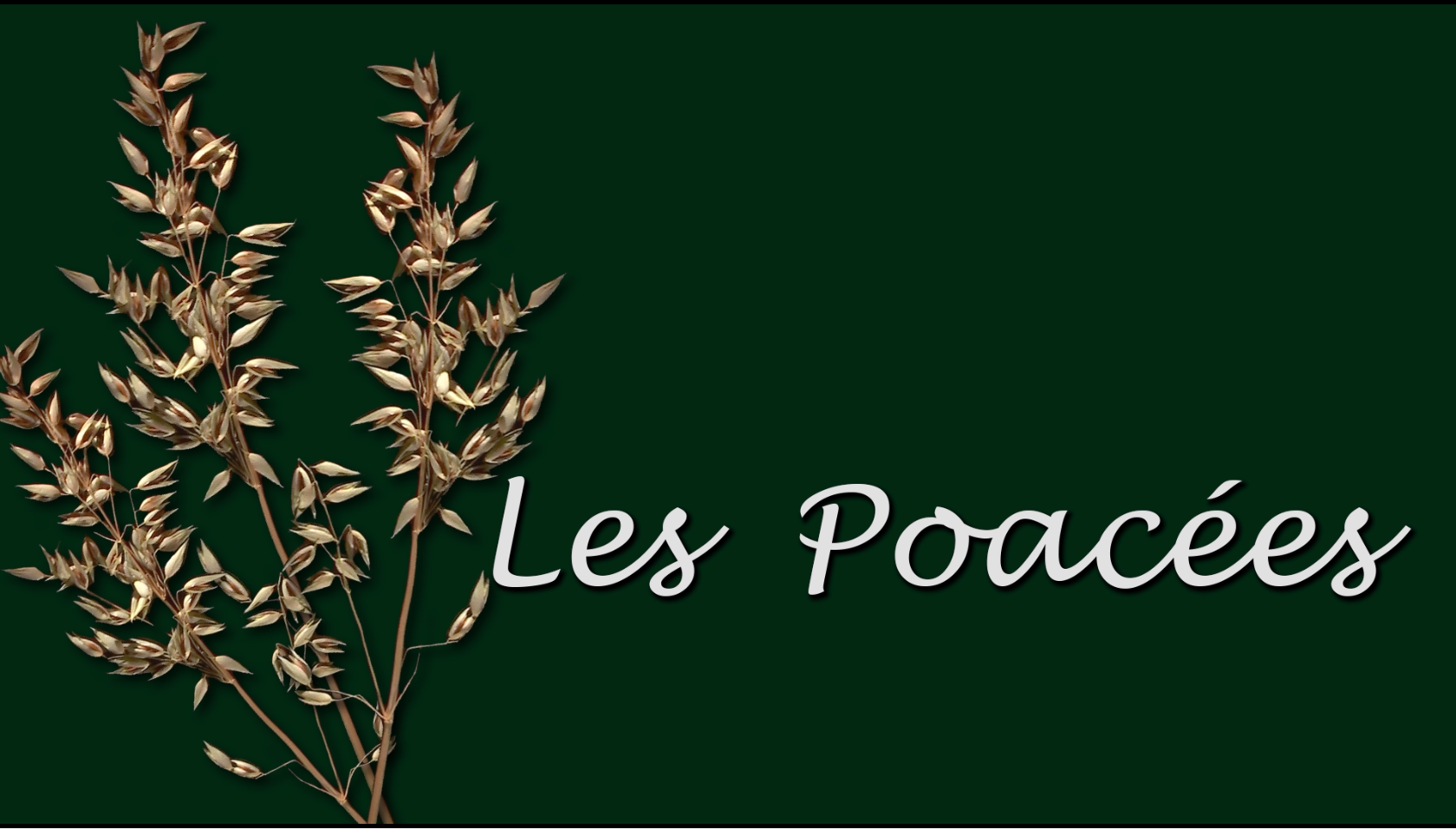Notice
Poaceae or Grasses
- document 1 document 2 document 3
- niveau 1 niveau 2 niveau 3
Descriptif
Poaceae or Grasses are cosmopolitan. It is the first plant family by the spaces it covers: rice fields, cereal fields (Corn, Wheat), meadows, alpine and urban lawns, steppes, savannas, bamboo forests, reed beds (rich in reeds). Lawns are often mainly composed of Poaceae.
It is the second family in number of species among Monocotyledons after Orchids. Poaceae contain 780 genera and about 12,000 species, 350 of which are in France, making them the second best represented family after Asteraceae or Compositae.
But this family is above all the most important for man economically.
The 4 main crops in the world are sugar cane (20% of the total mass produced in agriculture, mainly in Brazil and India), wheat (China, India, Russia, USA), rice (China, India), corn (USA, China, Brazil), all of which are Poaceae. In the world's top 12 crops, square barley and sorghum are still found. Cultivated Poaceae occupy 70% of the world's arable land.
The Poaceae are at the origin of the emergence of civilizations: Wheat in the Mediterranean Basin,Corn in South and Central America, Rice in Asia, Millet in Africa.
The Poaceae constitute a homogeneous family, with clear characters. It will therefore be easy to recognize that a plant is part of it, but much more difficult to determine which species it is!
The film was shot at the Botanical Garden of the University of Bordeaux.
Intervention / Responsable scientifique
Thème
Avec les mêmes intervenants et intervenantes
-
Les Brassicacées
BadocAlainLa famille des Brassicacées est une famille relativement homogène, assez facile à reconnaitre. La principale caractéristique des Brassicacées réside au niveau des pétales qui sont en croix, d’où le
-
Les Apiacées
BadocAlainLa famille des Apiacées est cosmopolite et comporte plus de 3200 espèces et 420 genres dont 180 espèces en France (d’après Flora Gallica). C’est la famille des Panicauts, genre Eryngium (261), des
-
Les Rosacées
BadocAlainLes Rosacées (Rosales) regroupent plus de 4800 espèces et 110 genres, avec 3 sous-familles et une quinzaine de tribus. Cette famille est abondante dans les régions tempérées de l’hémisphère nord.
-
Fabaceae
BadocAlainThe Fabaceae are the 3rd family of Angiosperms in number of species (18 000 species, 630 genders) after Orchids and Asteraceae, and the second most important economic family after Poaceae.
-
Asteraceae
BadocAlainAsteraceae is the largest family of dicotyledonous plants: this family includes more than 1600 genders and 23 500 species from all over the world, including more than 500 in France.
-
Lamiaceae
BadocAlainTo make the Lamiaceae family monophyletic, it was necessary to transfer 2/3 of the genera of Verbenaceae to it. Under these conditions, Lamiaceae become a relatively large cosmopolitan family with
-
Algae / Presentation and use in the food industry
BadocAlainBy algae, we mean both prokaryotic organisms (blue algae or cyanobacteria) and eukaryotic organisms. Green and red algae belong to the green line, brown algae from the coasts or Phéophycées and
-
Les Lamiacées
BadocAlainPour rendre la famille des Lamiacées (Lamiales) monophylétique, on a été amené à y transférer les 2/3 des genres des Verbénacées. Dans ces conditions, les Lamiacées deviennent une famille cosmopolite
-
Les Fabacées
BadocAlainLes Fabacées sont la 3e famille d’Angiospermes en nombre d’espèces (18 000 espèces, 630 genres) après les Orchidacées et les Astéracées, et la deuxième famille en importance économique après les
-
Les Astéracées
BadocAlainLes Astéracées constituent la famille la plus vaste des plantes dicotylédones : cette famille comporte plus de 1600 genres et 23 500 espèces du monde entier, dont plus de 500 en France.
-
Les algues / Présentation et utilisation dans l'agro-alimentaire
BadocAlainPar algues, on entend des organismes aussi bien procaryotes (Algues bleues ou Cyanobactéries) qu’eucaryotes. Les Algues vertes et rouges appartiennent à la lignée verte, les algues brunes des côtes
-
Les Poacées ou Graminées
BadocAlainLes Poacées ou encore les Graminées sont cosmopolites. C’est la première famille végétale par les espaces qu’elle couvre : rizières, champs de céréales (Maïs, Blé), prairies, pelouses alpines et des


